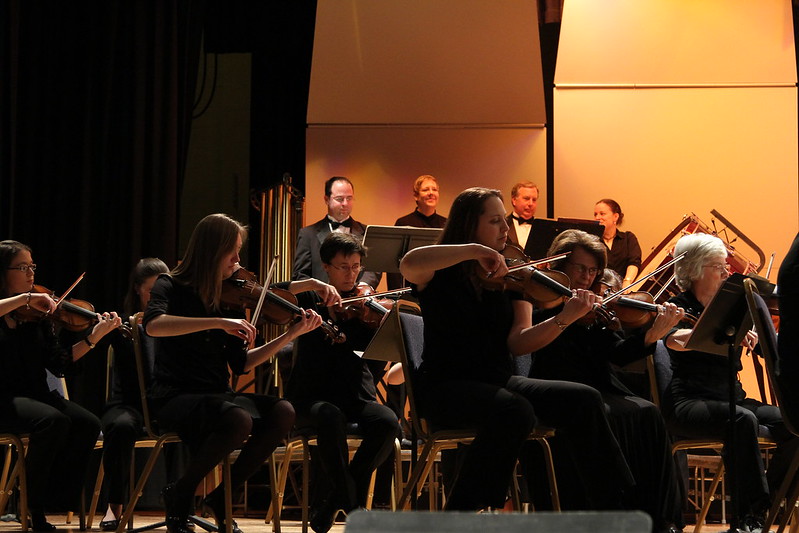If you’ve ever heard someone say that music brings people together, you probably took that to mean that music can bridge divides and build communities and things like that.
But it turns out that, biologically speaking, music really can bring people together, and more closely than we realized.
A team led by Professor Wolfgang Tschacher from the University of Bern in Switzerland just conducted an experiment to see just what classical music does to us.
They brought together 132 audience members for three public concerts.
All three concerts featured the same works by the same three composers: Ludwig von Beethoven, Johannes Brahms and the contemporary Australian composer Brett Dean.
During the performances, they had the audience members wear sensors that could track their heart rates, their breathing, things like that.
They also tracked the audiences’ movements with overhead cameras.
Here’s what their paper says: “Clear evidence was found of physiological synchrony (heart rate, respiration rate, skin conductance response) as well as movement synchrony of the audiences.”
That means they found that as people in the audience listened to the pieces, their heart rates, breathing speeds and essentially their sweating, all got more similar.
It wasn’t that they were breathing in and out and the same time or that their hearts were all beating at precisely the same moments, but they were all sort of syncing up to the music to at least some degree.
The researchers also had audience members fill out personality questionnaires, and they found that people who said they had more agreeable personalities, more open to new experiences, tended to sync up more than the others.
They said that while this study was just one study, and it was limited to one kind of music, you might see the same reaction in audiences to other genres as well.
If you’re a fan of The Who, you might know that the original story behind their album Who’s Next was about trying to create a perfect note that would not only sync up everybody in the audience, it would cause them to disappear.
Think about this study next time you listen to “Baba O’Riley.”
Today in Washington, DC, it’s the induction ceremony for the National Inventors Hall of Fame.
They’re paying tribute to some modern-day inventors as well as some historical ones.
This year’s inductees includes Marjorie Stewart Joyner, the Black woman who invented the permanent hair wave machine.
Classical music synchronises the audience’s heartbeats and sweating (New Scientist)
National Inventors Hall of Fame Induction Ceremony
Let’s sync our efforts together and back this show on Patreon

